If you don't know how to win, don't play.
Written by: Stacy Muur
Translated by: Shan Oppa, Golden Finance
In the past few weeks, memecoins have overshadowed all other Web3 narratives, making ordinary users feel that the meme train is the only way to achieve good returns.
With the launch of $PNUT, $PEPE, $BONK, $BRETT, and several other currencies, the popularity of the "meme" category has increased as the daily trading volume of memecoins reached its peak, so it's no surprise they are in the spotlight.
But are the risks and rewards equal? How severe is the hype in the memecoin market?
The Current State of Memecoins
Is meme really the hot topic of the year?
If you find someone who has been involved in the Web3 market for at least five years and ask them to define 2024 as "the year," they might say it is the year of memecoins.
Many praise memecoins as the best-performing coins this year, and charts and rankings support this view. But does this really reflect reality?
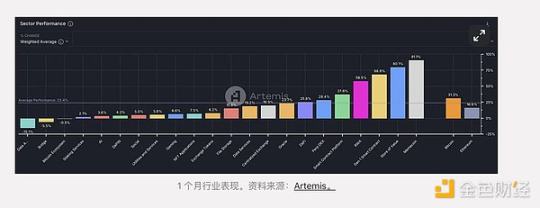
If you analyze the industry's performance so far this year, the data might tell a different story. For example, on Artemis, the RWA index (Ondo, Mantra, Clearpool, and Maple) leads with a growth rate of 1,900%, while memecoins have a growth rate of 258%, and Bitcoin's growth rate is 104%.
Additionally, it's important to understand which memecoins are being considered. Currently, the memecoin index on Artemis only tracks the 19 largest memecoins.

The category rankings on CoinGecko face another issue: many memes belong to multiple categories, so a few strong winners can significantly boost the 7-day performance of multiple categories simultaneously.
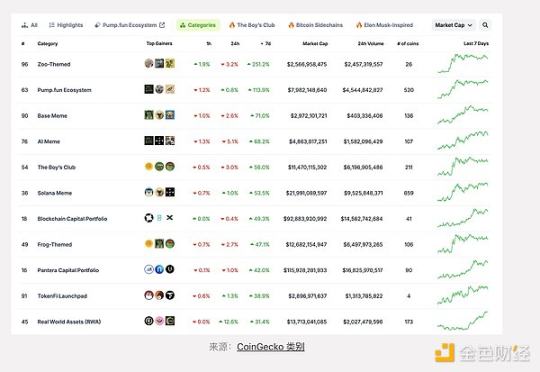
Take the Pump.fun ecosystem, which tracks 520 tokens, as an example; I can understand why I see this as a problem. As the second-largest token by growth this week, it looks very optimistic, triggering strong FOMO.
However, when you look at the rankings, you'll find that fewer than 20 tokens have a 7-day growth exceeding 110% (the average for the category), which translates to just 3.8%. Moreover, fewer than 60 tokens (11.5%) have a positive weekly growth.
This is no longer WAGMI, right?
From a performance tracking perspective, the main issue with meme coins is that their industry performance is often measured by the largest or most popular assets in the category. This creates the illusion that meme coins outperform all other Web3 sectors. However, a more accurate statement is that leading meme coins perform better than other categories.
This leads us to an important point: distinguishing between existing memecoins and new memecoins, as they represent two completely different markets.
New Memecoins
CoinGecko currently tracks 520 memecoins on its Pump.fun dashboard. Since Pump's launch, 3 million tokens have been created.
This means that 99.982% of tokens cannot be tracked on CoinGecko, so we have no way of knowing their performance.
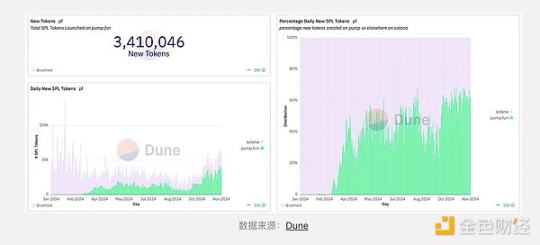
Meanwhile, Pump attracts 50,000 to 70,000 new users daily, with a total of over 150,000 active users.

Here is some additional background information from my research conducted at the end of August:
- Most top PNL addresses are token deployers
- Only 3% of traders on Pumpdotfun have profits exceeding $1,000
- 0.8% of income exceeds $10,000
- Over 60% of people are at a loss
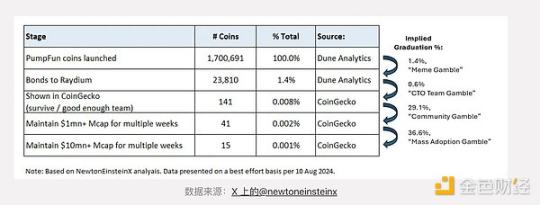
These are the new memecoins. Not a good choice, right?
For the average new memecoin trader, the main issue is the inability to distinguish between "new" and "mature" memecoins. Most new traders chase early protocols, hoping to replicate the success stories of the 0.001% that achieved mass adoption—similar to $PEPE or $BONK.
I don't want to disappoint you, but the odds of being struck by lightning and dying are higher: 0.011%.
Building Memecoins
For mature memecoins, the outlook is much brighter. They haven't achieved a certain market cap due to VC support or specific valuation factors. Instead, they succeed because they have community backing, a bit of luck, and strategic market management.
This may sound like a conspiracy theory, but I believe that most memecoins with a solid market share are not launched by random developers. Behind these successes are often professional teams of memecoin developers with substantial market-making and marketing resources.
To clarify, I'm not saying that all popular memecoins are the result of perfectly executed plans, but this may apply to most memecoins.
Compared to many other Web3 sectors, several logical factors contribute to the strong performance of mature memecoins:
- 100% of the supply is in circulation (no low circulation or high FDV)
- No venture capital support (eliminating additional selling pressure)
- An organically active holder community
- No product risk (no vulnerabilities, poor execution, or ineffective user acquisition)
- Memecoin rotation patterns (profits flow from one memecoin pump to another)
- Strong correlation with general market cycles
- Low dependence on marketing
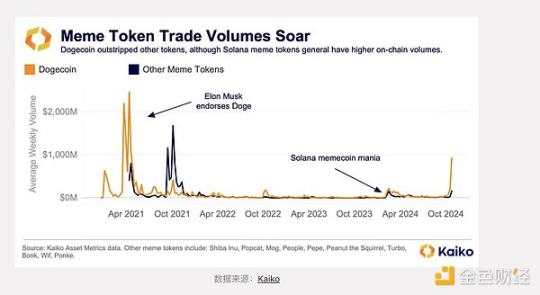
Memecoin trading is purely speculative, becoming more predictable this year, forming a behavioral pattern of transferring trading volume and liquidity from "classic" tokens, especially considering that Web3 currently lacks a dominant or fresh narrative.
By the way, measured by 1% market depth on U.S. exchanges, the liquidity of meme tokens reached a historical high of $110 million last week. Large meme tokens like SHIB and DOGE continue to dominate, accounting for over 70% of total market depth.
However, their share has been gradually declining, indicating a growing interest in smaller tokens.
What Stage is the Market In?
Currently, over 50% of trading volume on Solana comes from memecoins. On BNB, this figure is close to 45%, while on Base, it is about 25%.
That's a lot.

However, history shows that when the market is busy promoting a certain narrative after price fluctuations, it is often too late.
In my view, the memecoin market has already reacted to Bitcoin's rebound.
As long as the price stays around $90,000, I doubt we will see a new surge in mature memecoins—we call them cult coins to avoid confusion with the 3 million tokens created this year on Pump.fun.
However, the retail sector, which is always lagging behind popular topics, is still boarding this train, hoping to sail to Valhalla.
The main issue is not just that most recently arrived students are late; this is a common situation in all stories.
The real problem is that a significant portion of retailers have boarded the new memecoin train, and this train often heads to Hell rather than Valhalla.
As a result, new users are left out, unable to join further. For the Web2 norm, the distinction between meme coins and classic coins is minimal; they are all just stock codes. Therefore, this poor experience extends to all verticals of Web3.
To clarify, I am not against cult coins—memecoins with a fixed market share. They have many advantages. However, I think we really need to stop using the same term on Pump.fun to describe great things and poorly designed lotteries. Let's address this issue.
Here are my final thoughts
If you are an experienced meme coin trader, continue with your strategy, but be aware that the market may be overheated.
If you are new to meme coins and feel a strong sense of FOMO, consider allocating a small portion of a manageable portfolio for experimentation, focusing on mature popular coins.
Don't play new games unless you know how to win. There is a very important rule: if you don't know how to win, don't play.
免责声明:本文章仅代表作者个人观点,不代表本平台的立场和观点。本文章仅供信息分享,不构成对任何人的任何投资建议。用户与作者之间的任何争议,与本平台无关。如网页中刊载的文章或图片涉及侵权,请提供相关的权利证明和身份证明发送邮件到support@aicoin.com,本平台相关工作人员将会进行核查。





